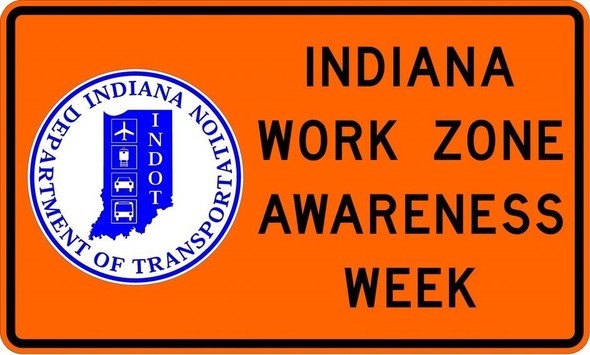Originally published 02/28/2018
Driving from one location to another is a routine part of daily activities in construction. Unfortunately, it is also one of the most hazardous activities. According to the National Safety Council, traffic crashes are the leading cause of all work-related fatalities in the United States.
Despite this sobering statistic, the fact remains that many traffic-related accidents can be avoided when we make safe driving practices a part of their day-to-day routine. Understanding the importance of defensive driving and committing to it can go a long way toward preventing and reducing injury on the road.
Here are a few tips to help you drive safely and defensively:
- Focus on the task at hand. Texting, phone conversations, eating, drinking, adjusting the heat or air conditioning, and engaging in discussions can distract you as you drive and lead to accidents.
- Expect other drivers to make mistakes and anticipate them.
- Drive the speed limit. Drivers must honor the speed limits. In adverse driving conditions, reduce speed to a safe operating speed that is consistent with the conditions of the road, weather, lighting and volume of traffic. Tires can hydroplane on wet pavement at speeds as low as 40 mph.
- Always use your seat belt appropriately. Position the lap belt across the upper thighs and the diagonal belt across the chest.
- When in doubt, yield. Drivers must yield the right of way at all traffic signals, emergency vehicles, and signs. Drivers should also be prepared to yield for safety’s sake at any time. Pedestrians and bicycles in the roadways always have the right of way.
- Stop on red. The leading cause of intersection collisions is running the red light. Be alert of other vehicles, pedestrians, and bicyclists when approaching intersections. Never speed through an intersection on a caution light. When the traffic light turns green, look both ways for oncoming traffic before proceeding.
- Avoid backing where possible. When backing is necessary, keep the distance traveled to a minimum and be particularly careful. Check behind your vehicle before backing. Back to the driver’s side. Do not back around a corner or into an area of no visibility.
- Use your blinkers. Make your lane changes and turns predictable and smooth, and always signal in advance.
- Don’t tailgate. Leave adequate space between you and the car in front of you to ensure your safety if you both have to stop quickly. The three second rule is the idea that your car should pass a fixed object three seconds after the car ahead of you when the driving conditions are good. Leave more space in inclement weather.
- Don’t drive after or while consuming alcohol or using drugs.
- Adjust for inclement weather. Wet, slick pavement increases your brake time. Do not use cruise control on wet or icy roads. Add extra space between your car and the one in front of you.
- Make sure your tires are in good shape and inflated properly.
- Use your mirrors.
- Stay alert and take breaks when needed. According to the National Sleep Foundation, driving while drowsy can be as dangerous as driving while drunk.
- When passing or changing lanes, view the entire vehicle in your rear-view mirror before pulling back into that lane. When passing or merging into traffic, always look to your left and rear, allowing you to see vehicles that may be in your blind spot.
- Drive courteously to avoid confrontations with other drivers.
- Keep calm and enjoy the journey.
Your life, and the lives of others, depends on your ability to drive safely and defensively.

